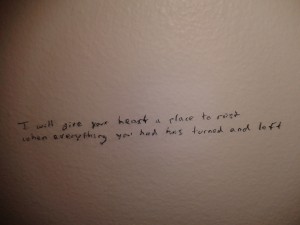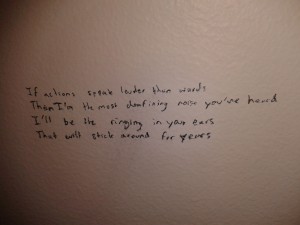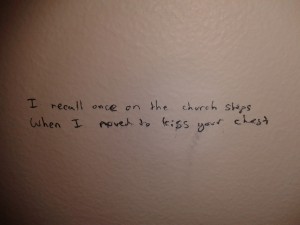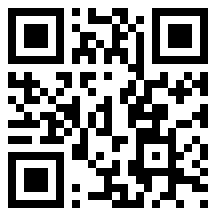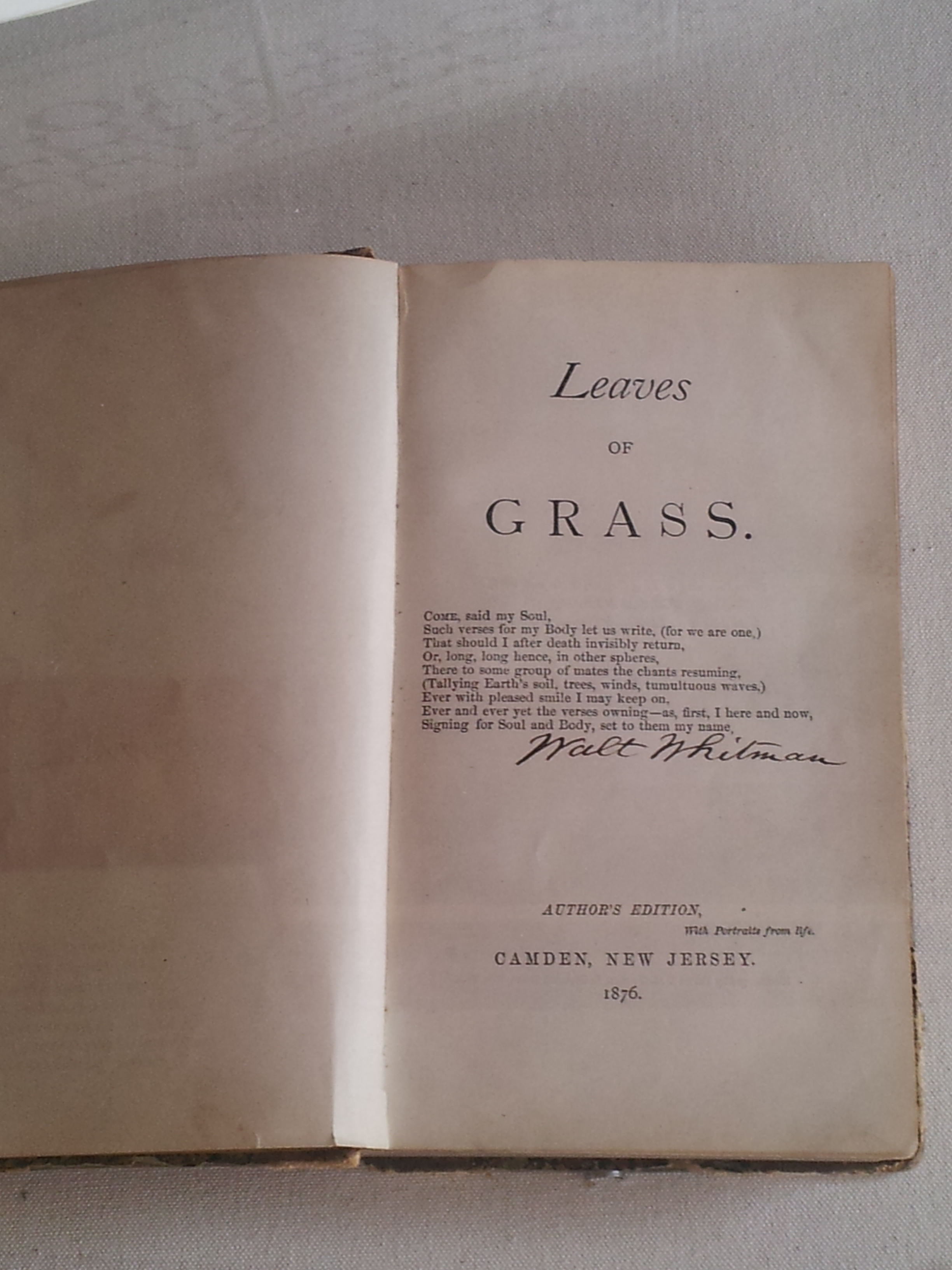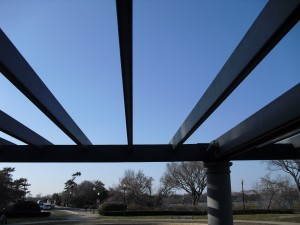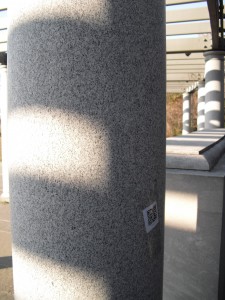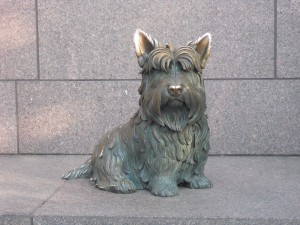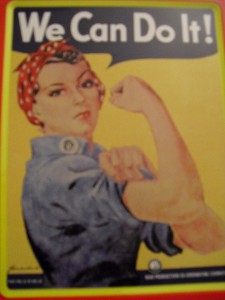During my time at UMD, I have been engaged in a constant battle to find a quiet place to study during those periods of time between work and class. I started out in the graduate study room in McKeldin Library, but it was not long before hoards of students began choosing that place to study as well. Now, I’m relatively good at tuning out certain noises. However, when people are talking to one another, I find it incredibly difficult not to eavesdrop. I get drawn in, more intent on listening to what is being said than on reading an article for class. In any case, it was not long before I had to move. Occasionally I could find a quiet spot elsewhere in the library, but more often than not, the constant traffic and conversations of passerby broke my concentration. So, I started studying in the English Graduate Lounge in Tawes. Similar problems occurred, though there was a fair share of quiet times, and I still go there on occasion. But right down the hall, I found a relatively quiet corner (unless TA’s were having conferences). I began going there on occasion in order to get both quiet (for the most part) and privacy (you can hide quite well behind the one wall, leaving only your feet and legs visible to people in the hallway). In any case, I was content.
Eventually, I started to notice writing on the wall.
First, this appeared:
After a quick Google search, I found out that these two lines are lyrics from a song entitled “The Last Lost Continent” by La Dispute. The song can be found here.
Another day, I found this:
These lines are lyrics from a song entitled “Tilde” by the band Touché Amore.
And later, I discovered these:
These lines are also from a La Dispute song entitled “Nine.”
These words, though communicating a familiar sentiment—summer love, did not bring up any definitive results on Google. Perhaps the inscriber decided to try his or her hand at composing lines.
Some of the handwriting looks similar and the fact that two of the lines come from La Dispute and three of the four are song lyrics seems to indicate that it may be the work of the same person, though I never discovered who the other person or persons were who also found that spot a good place to study or take a break. Perhaps it was just a student who would often meet with one of the TA’s in a nearby office, or maybe it was a TA seeking a bit of distance from his/her other office mates. In any case, it was interesting for me to read these little lines inscribed on the wall by a stranger who had perhaps found the same semi-quiet privacy that made the corner such a good place for me to go and study between work and class. By leaving my own kind of writing on the wall through my QR code that links to this blog post, I will make my own mark, continuing the story of that corner of Tawes.



